Name: Okayama Castle
Address: 2-3-1 Marunouchi, Kita-ku, Okayama, Okayama Prefecture
Official Website:https://okayama-castle.jp/
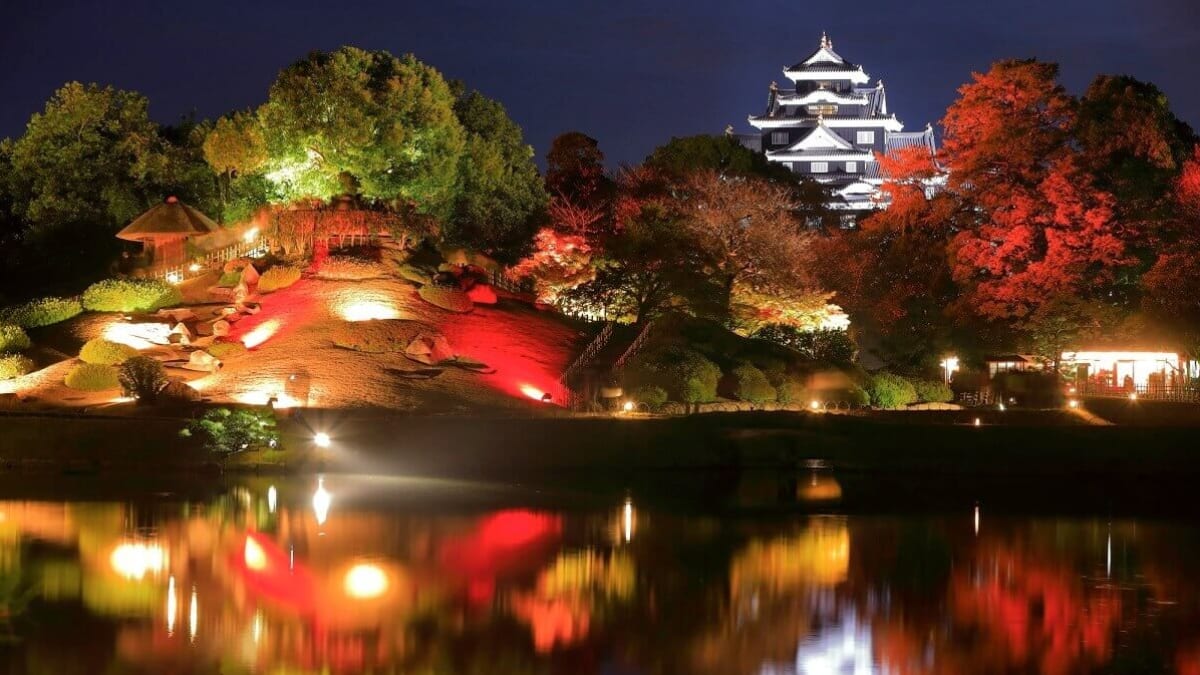
Top 7 Must-Visit Attractions in Okayama City! A Place Full of Historical Landmarks
Okayama City is famous as the setting of the legendary Japanese folktale Momotaro (Peach Boy). From juicy peaches to the famous kibi dango (millet dumplings), this city offers unique treats for visitors. But beyond these iconic specialties, Okayama boasts a wealth of historical and cultural attractions. In this guide, we’ll introduce seven must-visit tourist spots in Okayama City that will let you experience the charm of this vibrant destination.
table of contents
[x] close
Top 7 Must-Visit Attractions in Okayama City! A Place Full of Historical Landmarks
- 1. The Majestic Okayama Castle Reflecting on the River: A Glimpse into History
- 2. Okayama Korakuen: A Three-Star Michelin Garden of Timeless Beauty
- 3. Discover Art Rooted in Local Heritage at Okayama Prefectural Museum of Art
- 4. Experience the Taishō Romanticism at Yumeji Art Museum Main Building
- 5. Learn About Samurai Life in the Mid-Edo Period at the Former Ashimori Domain Samurai Residence Ruins
- 6. Experience the Elegance of a Daimyo Garden at Omizuen—A Hidden Gem Near Okayama City
- 7. Nioji Shizen no Mori Sports Park – A Nature Escape Near Okayama Airport
1. The Majestic Okayama Castle Reflecting on the River: A Glimpse into History
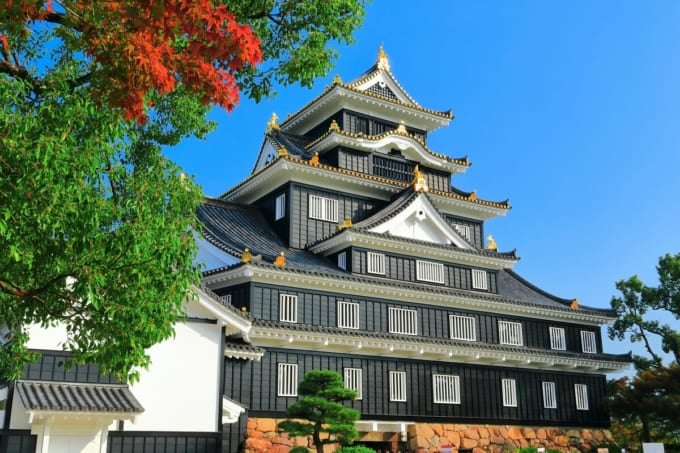
Okayama Castle is a stunning fortress that was developed by prominent figures such as Ukita, Kobayakawa, and Ikeda under the rule of Toyotomi Hideyoshi. In its prime, the castle served not only as a military stronghold but also as a hub for artisans and merchants, fostering a thriving community. Over the centuries, Okayama Castle has stood as a symbol of the city’s growth, playing a crucial role in shaping Okayama into a modern metropolis.
Among the key highlights within the castle grounds is its towering main keep (Tenshukaku), said to be inspired by Azuchi Castle and Osaka Castle. Observing the differences in architectural styles between these castles adds an extra layer of intrigue for visitors. Although the original keep was destroyed during the air raids of 1945, it was reconstructed in 1966. In November 2022, the castle underwent an extensive renovation, restoring its grandeur for future generations.
The stone walls (Ishigaki) still showcase traditional Edo-period masonry techniques. Since stone-stacking methods evolved throughout the Edo period, history enthusiasts can compare Okayama Castle’s walls with those of other historic castles in Japan.
2. Okayama Korakuen: A Three-Star Michelin Garden of Timeless Beauty
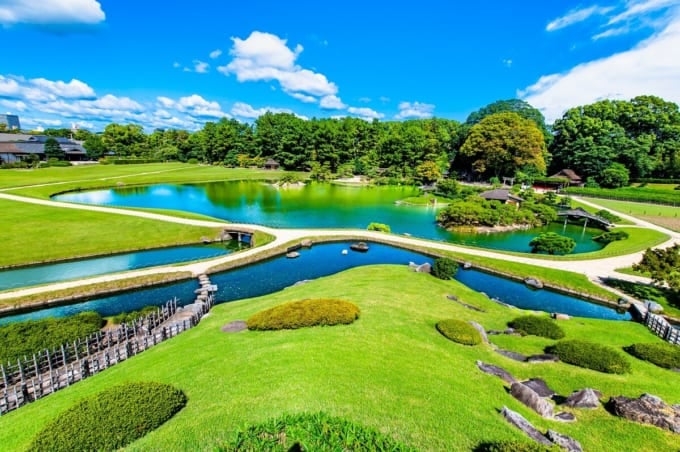
Okayama Korakuen is one of Japan’s Three Great Gardens and is recognized nationwide for its beauty.
Built over 300 years ago during the flourishing Genroku era of the Edo period, the garden covers an area three times the size of Tokyo Dome, making it a breathtaking sight. Commissioned by Lord Ikeda Tsunamasa of the Okayama domain, this meticulously designed landscape remains a symbol of Okayama’s rich heritage and is considered one of the city’s must-visit attractions.
Nature lovers will be mesmerized by the Hagayashino-ike Pond, which is home to elegant white lotus flowers that bloom during the summer months. These delicate blooms are a rare seasonal highlight, attracting visitors eager to witness their serene beauty. Many say that seeing the pristine lotus flowers in full bloom feels like a moment of spiritual renewal.
Name: Okayama Korakuen
Address: 1-5 Korakuen, Kita-ku, Okayama, Okayama Prefecture
Official Website:https://okayama-korakuen.jp/
3. Discover Art Rooted in Local Heritage at Okayama Prefectural Museum of Art

Located west of Okayama Castle, across the Asahi River, the Okayama Prefectural Museum of Art is a must-visit destination for art lovers. This museum showcases artworks connected to Okayama Prefecture, while also fostering cultural exchange through workshops and interactive programs.
The museum's collection features works by renowned figures such as Sesshū Tōyō and Miyamoto Musashi, spanning a wide range of genres, from ancient manuscripts to exquisite crafts. Since exhibitions rotate every 1 to 3 months, visitors can always discover something new, even with repeat visits. In addition to its permanent collection, the museum also hosts special exhibitions covering a variety of themes—ranging from contemporary and historical topics to mainstream and niche interests. To stay updated, check the official website before your visit!
Name: Okayama Prefectural Museum of Art
Address: 8-48 Tenjincho, Kita-ku, Okayama City, Japan
Official Website: https://okayama-kenbi.info/
4. Experience the Taishō Romanticism at Yumeji Art Museum Main Building
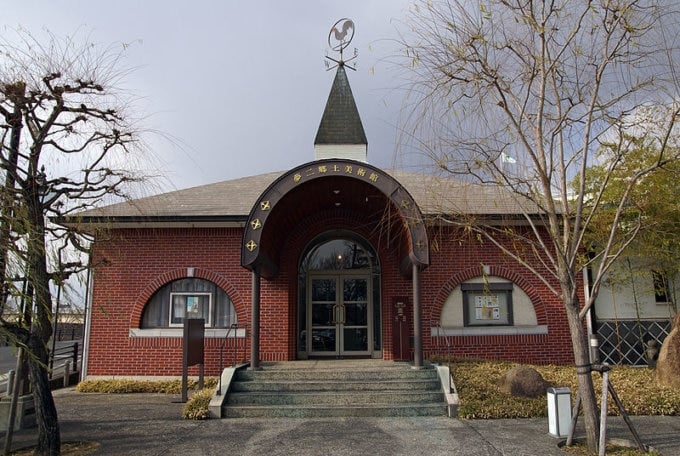
Located north of Kōraku-en Garden, the Yumeji Art Museum Main Building is dedicated to the life and works of Takehisa Yumeji, a celebrated artist from Japan’s Taishō era (1912–1926). Opened in 1984 to commemorate his 100th birth anniversary, the museum beautifully preserves the essence of this nostalgic period. The architecture seamlessly blends Japanese and Western styles, allowing visitors to step back in time and experience the ambiance of Yumeji’s era.
Though compact in size, the museum offers a rich and immersive experience, making it an excellent stop for travelers interested in Japanese art and culture. The exhibits provide a deep insight into Yumeji’s artistic journey and contributions. To enhance your visit, the museum also features an on-site café, where guests can relax and soak in the nostalgic atmosphere.
Name: Yumeji Art Museum Main Building
Address: 2-1-32 Hama, Naka-ku, Okayama City, Japan
Official Website: https://yumeji-art-museum.com/
5. Learn About Samurai Life in the Mid-Edo Period at the Former Ashimori Domain Samurai Residence Ruins
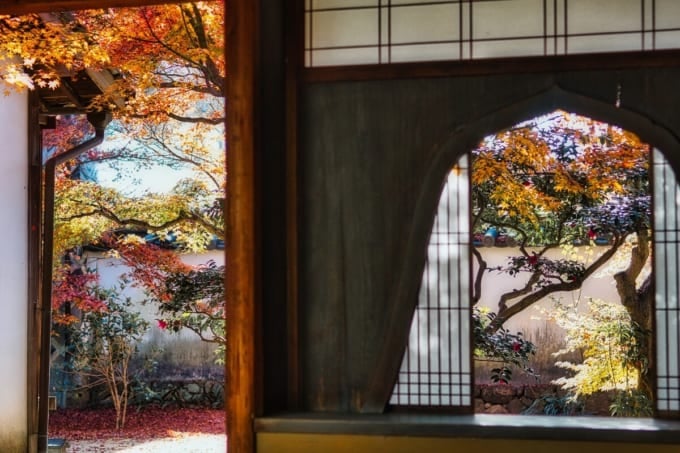
Located approximately 18 km northwest of central Okayama City, the Former Ashimori Domain Samurai Residence Ruins (旧足守藩侍屋敷遺構) is a historical samurai residence dating back to the mid-Edo period. This estate once belonged to the Sugihara family, who served as senior retainers (karō) of the Ashimori Domain, which ruled over Okayama at the time. Visitors can gain insight into the lifestyle of high-ranking samurai during this era through the preserved structure and its architectural elements.
The residence is built in the shoin-zukuri style, a traditional Japanese architectural form often used in samurai homes, also known as buke shoin-zukuri (武家書院造). The combination of thatched roofs and cypress woodwork reflects traditional Japanese aesthetics and shares similarities with modern Japanese-style homes.
Inside the main house, visitors can appreciate the dignified atmosphere of a samurai residence. Despite its simplicity, the house maintains a distinct sense of formality and status, embodying the refined taste and lifestyle of the samurai class.
Name: Former Ashimori Domain Samurai Residence Ruins
Address: 752 Ashimori, Kita-ku, Okayama City, Okayama Prefecture, Japan
Official Website:https://www.city.okayama.jp/museum/samurai-yashiki/
6. Experience the Elegance of a Daimyo Garden at Omizuen—A Hidden Gem Near Okayama City
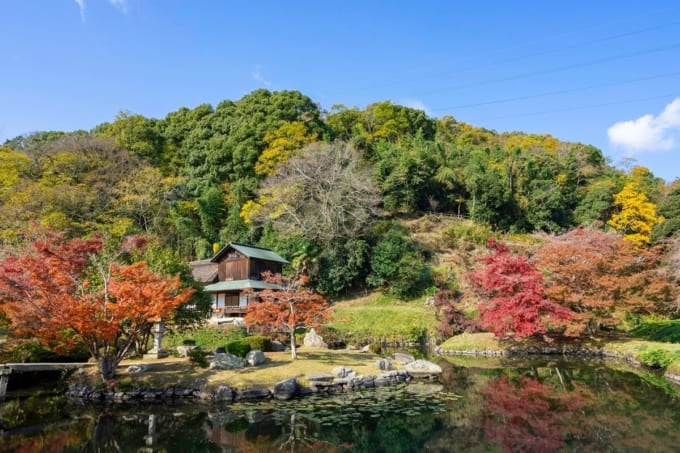
Just a 3-minute walk from the Former Ashimori Domain Samurai Residence Ruins, Omizuen Garden (近水園) is a traditional daimyo strolling garden that offers visitors a glimpse into the refined aesthetics of feudal Japan. The garden is home to over 100-year-old maple trees, which create a stunning red and gold display in autumn, while cherry blossoms bloom beautifully in spring.
A large pond sits at the heart of the garden, featuring two picturesque islands named "Crane Island" and "Turtle Island", symbolizing longevity and prosperity in Japanese culture. This scenic spot has been designated as an Okayama Prefectural Place of Scenic Beauty.
One of Omizuen’s highlights is Ginpuukaku, a historical tea house overlooking the pond. Built using the sukiya-zukuri architectural style, it embodies the delicate and artistic charm of traditional Japanese design. From Ginpuukaku, visitors can enjoy breathtaking views of Mount Uno, blending natural beauty with historical ambiance. For those looking for a less-crowded alternative to Okayama Korakuen, Omizuen is a perfect hidden gem.
Name: Omizuen Garden
Address: 803 Ashimori, Kita-ku, Okayama City, Okayama Prefecture, Japan
Official Website:https://www.city.okayama.jp/museum/omizuen/
7. Nioji Shizen no Mori Sports Park – A Nature Escape Near Okayama Airport
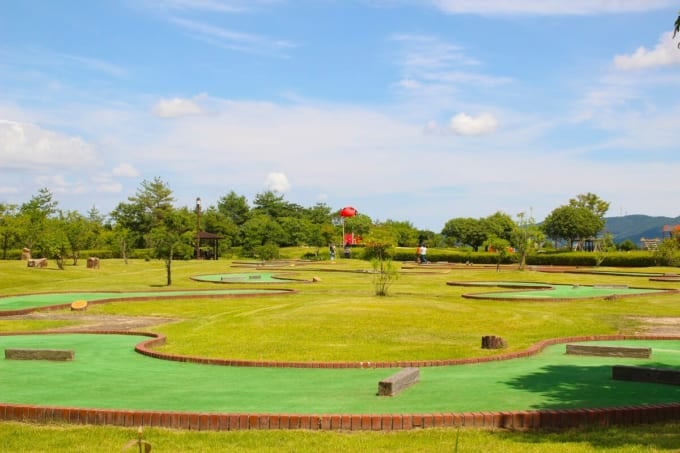
Nioji Shizen no Mori Sports Park is a lush green park located just a stone’s throw away from Okayama Airport. Established as part of the Okayama City 100th Anniversary Project, this park is a beloved destination for visitors of all ages, offering a relaxing and recreational space for both locals and tourists. One of its highlights is the opportunity to enjoy nature while watching airplanes take off and land up close.
The park offers various activities to suit different interests. Visitors can engage in sports, explore nature through observation, or take a leisurely walk while enjoying a refreshing forest bath. Watching planes arrive and depart from Okayama Airport is another unique attraction that adds to the park's charm.
Name: Nioji Shizen no Mori Sports Park
Address: 200 Nioji, Okayama City, Okayama Prefecture, Japan
RELATED ARTICLES
REGIONS
CATEGORIES
FEATURED ON Okayama
-
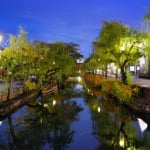
Planning a Date in Okayama? Don’t Miss These 5 Handpicked Recommended Spots
-
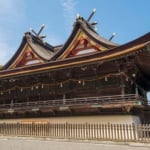
[4-day holiday in the Chugoku region] Summary of summer outing spots ◎ Enjoy the great outdoors!
-
Discover Japan’s sacred power spots: 5 must-visit energy sites in Okayama’s ancient Kibi Province
-

[2021 Edition] 15 Sunflower Fields Across Japan to Visit This Summer!
-

Top 6 Tourist Attractions in Kasaoka City, Okayama – A Journey Through Flowers and Horseshoe Crabs
MOST POPULAR ON Okayama
-
 1
1Doha: Must-see Attractions in the Capital of Qatar
-
 2
2Toronto: 10 Things to do in this Picturesque Canadian City
-
 3
3Amarillo: A City Famous for It’s Amazing Canyons, Great History and Music
-
 4
4South Korea: Dazzling Scenery, Rich Culture and Fascinating History
-
 5
5Kuwait: A Country in Middle East Asia Famous for Hot Sand Dunes and Stunning Cityscape





